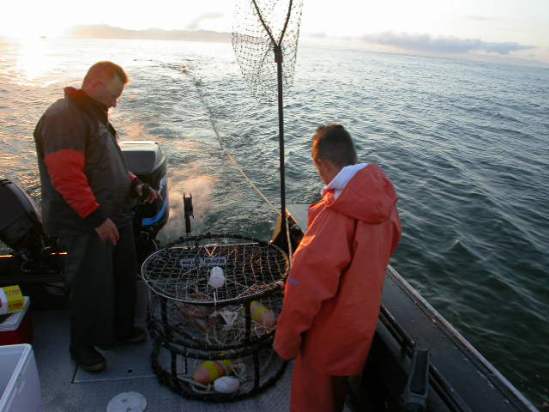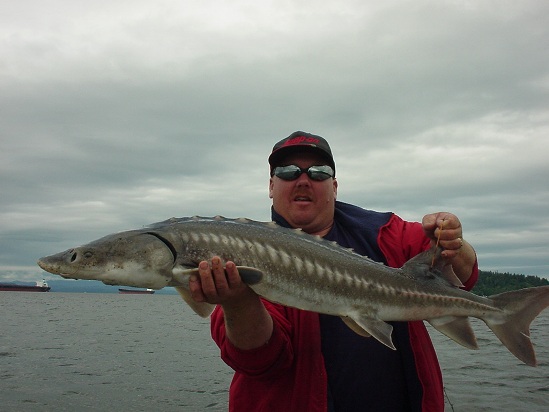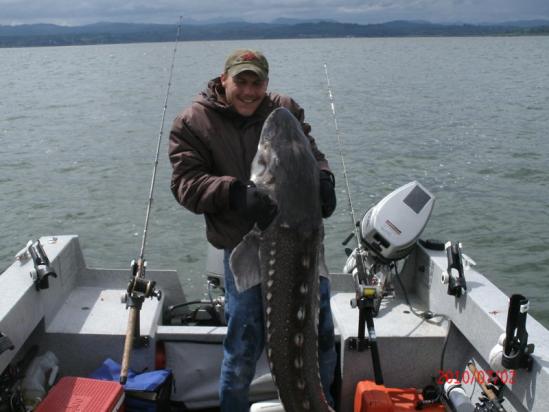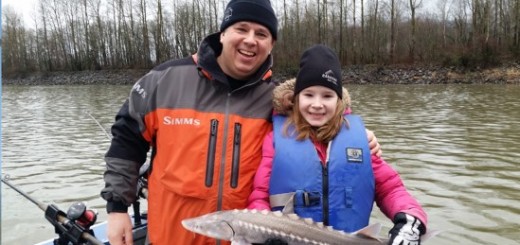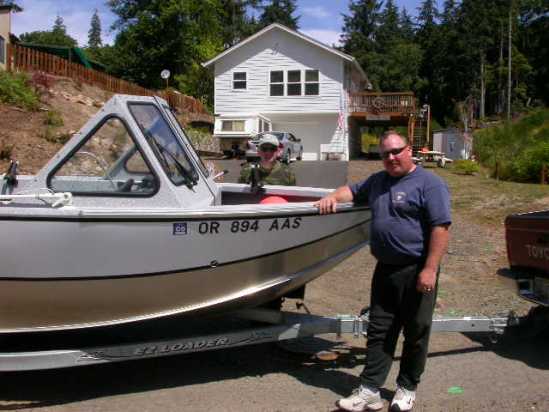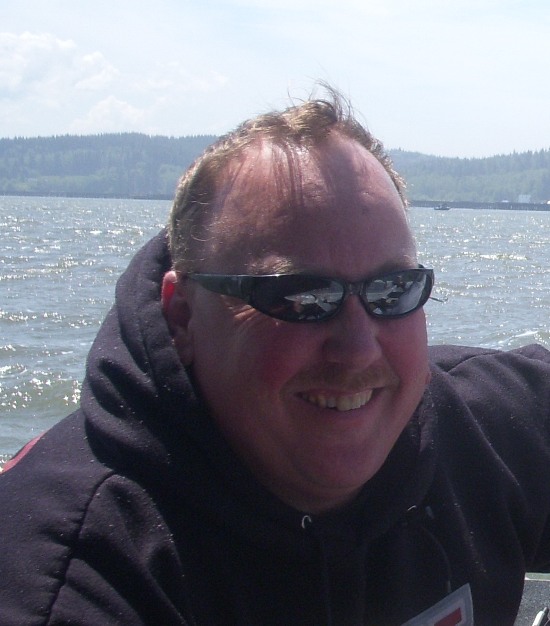Columbia river USA, species and regulations (part 2)
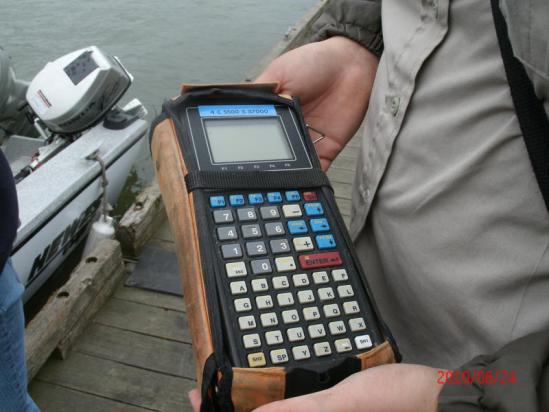
Greetings once again from the Pacific Northwest! Let me begin this segment by speaking of the various species for the sportsman and commercial fishing industry in the immediate area of Astoria, Oregon. Numerous Species of salmon are home to this area, Coho, (silver), Chinook, chum, red, are the most popular salmon species of this region. Steelhead, tuna, halibut, and a number of rockfish varieties are at our doorstep! Several varieties of trout, crab, clams, bass, white sturgeon and the now protected green sturgeon can be found within a few miles of this small community.
Each person is required to have an angling license in the state in which you intend to fish, on any public waterway. Juveniles 12 yrs to 18 yrs require a juvenile license, which is a bit cheaper to purchase. Some species require a harvest tag for species such as salmon, steelhead, halibut, and sturgeon (USD 26,50). This is in addition to the fishing license. There are tighter regulation / restrictions on these types of fish as management efforts monitor the catch rates and return sizes on migratory fish. One day (USD 33), and three-day licenses (USD 46,25) are available for non-residents for a much cheaper rate than the annual licenses and tags. For crab, clams, and sand shrimp, you must purchase a shellfish license, even if harvesting for bait purposes (USD 20,50).
.
The Sturgeon regulations for the lower river, allow retention mid-May through early July, of 1 fish per day no more than five per year, per person. There is a size slot in which retention is allowed. 45” is the minimum for a “keeper” size sturgeon and 60” is the maximum. Anything under or over must be released unharmed. Catch and release is open year round. There is a variety of salmon seasons. Spring Chinook run in March, April and May. Summer runs of steelhead and winter runs, Coho and fall Chinook from July, August, and September. Halibut in July and August depending on catch rates and quotas. Tuna, in July, August and September. There are size restrictions for each species and Salmon generally must have a clipped anapose fin for retention, indication it is a hatchery raised fish and not a wild run!
There are quotas established each year for the various species. These quotas are based on research efforts, estimates on predicted return run sizes, in effort to maintain a good viable fishery. If it appears that expectations were short or in excess of predictions, changes can be made to shorten, close or extend seasons as seen appropriate. Commercial seasons are separate from the above mentioned sport fishery and have similar restrictions and quotas.
In an effort to manage the fishery and maintain an understanding of how many fish exist in the Columbia River system, Sturgeon are caught and tagged by officials, and a wire inserted in a fin that indicates codes, where the fish was caught at the time it was tagged, how long, heavy, and location. When this fish is caught later by an angler this info is fed back into the system to see where the fish has been, re- located to, how much it has grown etc. Salmon are monitored by inserting a chip into the head, that can be detected at time catch is recorded and officials will remove the chip and extract the data similar to the wires!
.
In recent years the population of Sturgeon are considerably dropping. The quote in 2010 is 1/3rd of 2009. The primary suspected cause of the decline in population is the fishing guide fleet up river near Bonneville Dam, targeting the large “oversize” sturgeon, which are the reproducers. They are catching the same fish over and over and it is suspected my many that this is putting a stress on these breeders, which is negatively affecting the ability to reproduce. Predation is also a suspected cause. Sea Lions have been observed increasingly over the past few years, feasting on sturgeon as the salmon population declines. Have a look at the following video!
.
.
A white sturgeon at 45” is approx 12 – 13 years old. A 60” fish is 20 – 25 years old. They are slow growing and a miss-calculation could take many years to correct! These fish can reach over 18 feet in length, 1500 +lbs, and 100 years old! Only the females grow to over the 60” mark – the penalty for keeping an oversize fish is much more significant than the penalty for an undersize, due to the fact of the value placed on the fish as being a reproducer and the age of the fish!
.
Catch rates for salmon and sturgeon are monitored very closely by placing “state employed fish counters” at all main boat launches during peak seasons. These counters interview every boat that returns, asking typical questions such as, “How many anglers, start fishing time, how many sub legal’s (short’s), keepers kept. Keeper’s released, oversize. They enter this data into a handheld computer where data is collected and monitored through out the season and decisions are made on early closures, extensions, next years quotas, etc.
.
The other species i.e. trout, rockfish, pan fish (warm water fish) are not managed to this level, as the fishing effort is much less and popularity is not as intense. The state does grow hatchery trout at many area hatcheries, for release through out the local water’s in summer for catch opportunities. They will “plant” these trout when they reach legal size.
In Oregon if fishing a river you cannot use more that one pole per angler. Lakes and ponds you may purchase a license that allows use of a second pole. This is new this past year and seams to be well received by the public.
My next segment will focus on tackle, tides, techniques, bait, how do we find the fish, hot spots, navigation hazards and the most fun, fishing itself!
Cheers,
Dale Murff

